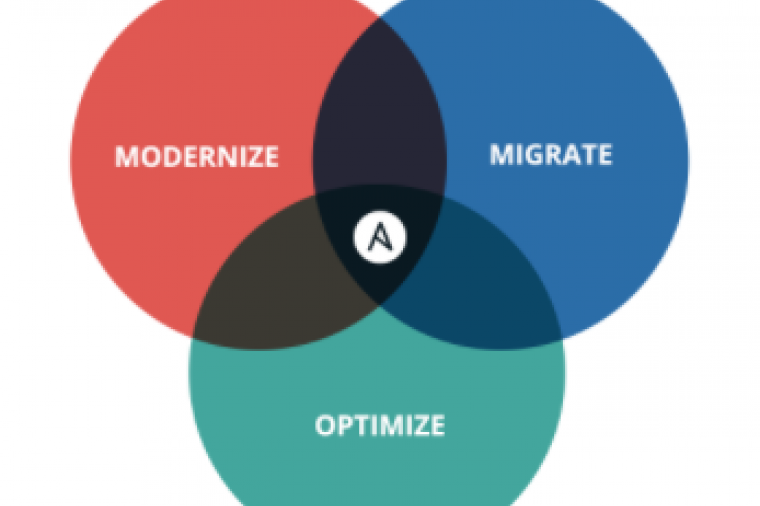Is Fiscal Year-End Really a “Use It or Lose It” Crunch Time for Federal Buyers?

Federal fiscal year-end is right around the corner, but is it really the busy buying season that we’ve come to expect?
As any Fed or politico knows, September is traditionally the month that keeps purchasing officers on their toes and budget hawks in attack mode. As budgets expire, agencies are often perceived as rushing to spend excess funds in order to avert any impact on future budget appropriations.
If you were ever in any doubt, new research proves that this “use it or lose it” tendency among federal agencies is a very real thing.
The Washington Post reports that “…many cabinet level departments drastically increased their contract expenditures at the end of recent budget cycles.”
For example, spending at the State Department consistently peaked every September for 10 years, with a whopping 38 percent of its contracting budget going out the doors in the final month of the fiscal year. Health and Human Services isn’t too far behind with a 26 percent expenditure in September, followed by the Department of the Interior at 24 percent and Homeland Security at 22 percent.
What’s interesting is that spending in September almost doubles for all executive departments compared to the prior month according to the charts shown in the Post article from George Mason University’s Mercatus Center, the organization behind the study.
The U.S. government is not alone in its year-end spending habits. Many private sector businesses rush to spend unused budgets at the end of the calendar year or even quarter or half-year mark, while the Post also reports that year-end spending is a common occurrence among all presidential administrations and Congresses.
Streamline your Federal Year-End IT Buying Experience
If your agency is among the year-end heavy, moderate or even light spenders, DLT can help you streamline your IT buying experience with fast quote turnarounds, web chat, and easy-to-use contract vehicles that can help you get the most out of your available budget.
Check out our federal fiscal year-end resources for more information.


















































